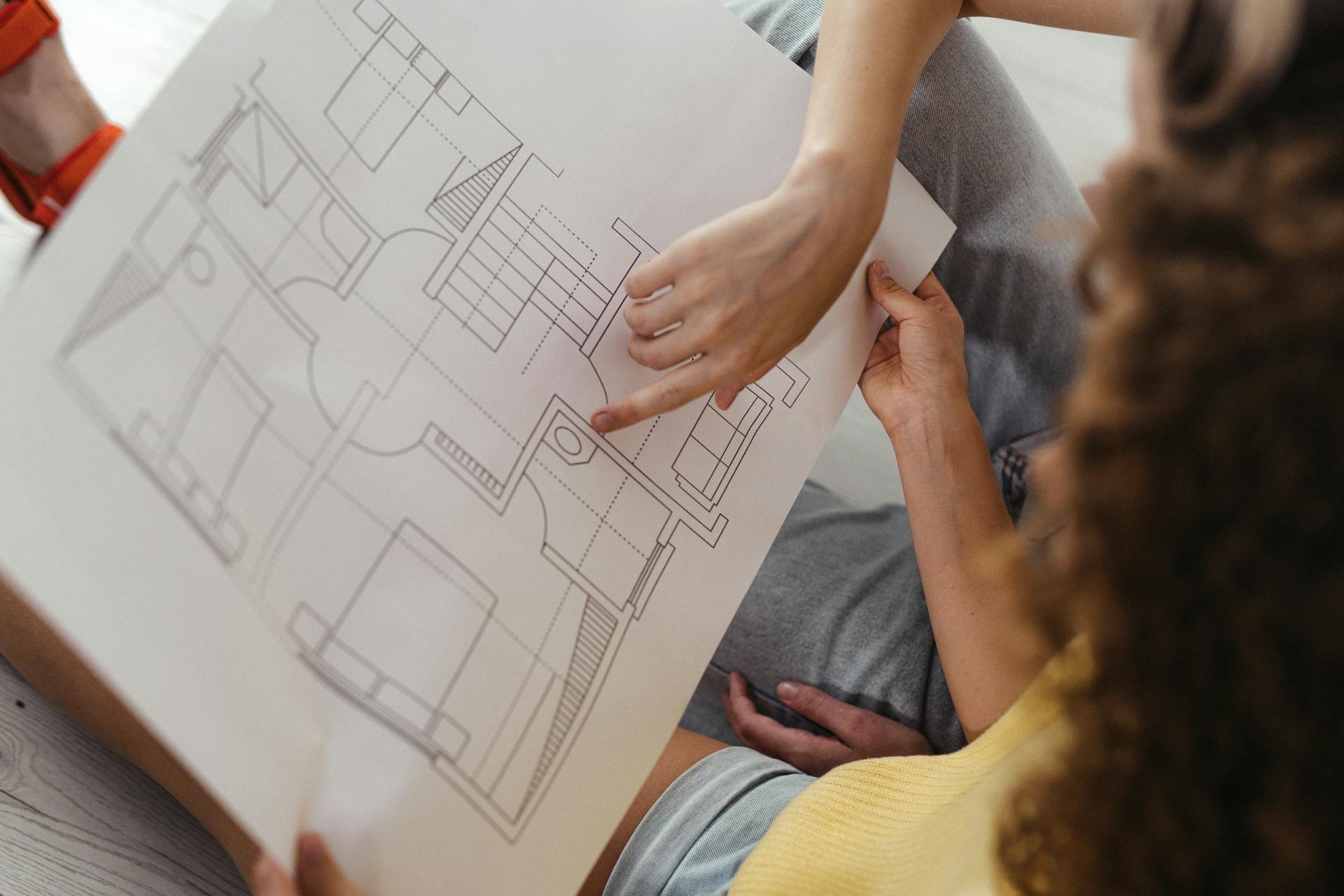Thinking about knocking down walls or reimagining your home’s flow? While cosmetic upgrades like fresh paint or new fixtures can make a big difference, changing your home’s layout is a whole new level of renovation. Whether you’re opening up a space or creating new rooms, here’s what you need to know before you dive in.
Step One: Decide if Layout Changes Are the Right Fit
Before you break out the sledgehammer, take a moment to evaluate whether changing your layout is truly the best solution. Ask yourself:
- What isn’t working with the current layout?
- Would reconfiguring the floor plan solve those issues—or would an addition or rearranging furniture suffice?
- Are you trying to improve functionality, aesthetics, or both?
It’s easy to get caught up in Pinterest boards and dream finishes, but successful renovations begin with logistics, not looks. Make sure the structural changes actually serve your lifestyle before worrying about the design details.
Transitioning to an Open-concept Floor Plan: What It Involves
Dreaming of an open-concept kitchen and living space? It’s one of the most popular layout changes—but also one of the most complex.
Here’s what to consider:
Structural Integrity: You’ll need to determine if any walls you plan to remove are load-bearing. If they are, replacing them with support beams or pillars will be necessary.
Permits & Professionals: You’ll likely need permits for structural, electrical, and plumbing changes. An architect and general contractor can help navigate both the technical and legal sides.
Costs & ROI: Opening a floor plan typically costs $8–$15 per square foot. Homeowners can expect to recoup 50–60% of the investment through increased property value.
Enclosing Spaces: Creating Rooms Where There Weren’t Any
While open layouts are trendy, some homeowners are going the opposite direction—carving out new rooms for privacy or functionality, like a home office or formal dining room.
To create new enclosed areas:
Add Interior Walls: Simple wall additions might not require an architect but may still need permits, especially if electrical wiring is involved.
Plan the Flow: Consider how this change impacts natural light, traffic flow, and overall aesthetics.
Hire a Contractor: Even for smaller changes, a licensed contractor ensures the job is done safely and up to code.
Expanding the Primary Bedroom: Combining Rooms for Luxury
If your current primary bedroom is feeling cramped, many homeowners opt to expand by merging it with an adjacent room—like a smaller bedroom or office.
This type of renovation often includes:
Wall Removal: May require an architect if structural changes are involved.
New Bathroom or Closet Additions: A larger bedroom suite typically includes upgraded features like a walk-in closet or an ensuite bath.
Project Management: A general contractor can coordinate all the moving parts—from demo to plumbing—to keep the process smooth.
Adding a Bathroom: Maximizing Underused Spaces
Adding a new bathroom is one of the most valuable upgrades you can make, but it also requires careful planning. Common spots for bathroom additions include:
- Unused closets or storage rooms
- Space between bedrooms or near hallways
- Areas backing up to existing plumbing (to cut down on costs)
Since this involves plumbing, electrical, ventilation, and often structural changes, hiring a general contractor is highly recommended. You’ll also need all relevant permits before beginning.
Expanding into Outdoor Space: Turning Patios and Yards into Livable Areas
If you’re running out of space inside, consider looking outside. Converting a patio, covered porch, or portion of your backyard into livable square footage can be a smart way to expand your home without a full addition.
Popular ideas include:
- Enclosing a patio to create a sunroom, office, or playroom
- Adding a fully insulated ADU (Accessory Dwelling Unit) for guests, rental income, or multigenerational living
- Building out from the kitchen or living room to extend common areas
You’ll likely need building permits for structural work and any electrical, HVAC, or plumbing installations. Always check with your local planning department to understand zoning rules, setback requirements, and permit processes.
To streamline the project, consider working with a design-build contractor or a general contractor who can coordinate all aspects of the build, including any subcontractors and permitting.
Changing your home’s layout can boost both function and value, but it requires careful planning. Consult a professional, check permit requirements, and ensure your plans fit your lifestyle and long-term goals.
Thinking about reconfiguring your space or preparing your home to sell after a remodel? I’d be happy to offer advice or connect you with trusted local professionals.







